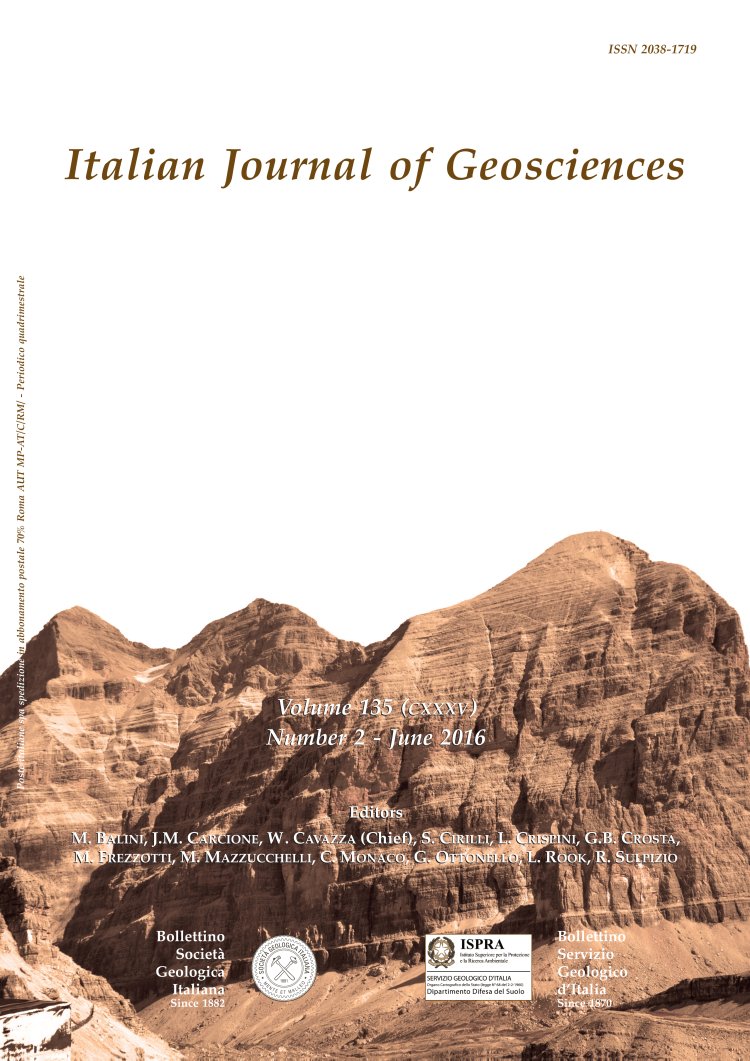
Provenance study of building and statuary marbles from the Roman archaeological site of "Villa dei Quintili" (Rome, Italy)
Cristina Maria Belfiore (1), Michela Ricca (2), Mauro Francesco La Russa (2), Silvestro Antonio Ruffolo (2), Giuliana Galli (3), Donatella Barca (2), Marco Malagodi (4), Mattia Vallefuoco (5), Mario Sprovieri (6) & Antonino Pezzino (1)
(1) Dipartimento di Scienze Biologiche, Geologiche e Ambientali, University of Catania, Corso Italia, 57 - 95129 Catania, Italy. Corresponding author e-mail: cbelfio@unict.it; Phone +39 0957195736; Fax +39 0957195760.
(2) Dipartimento di Biologia, Ecologia e Scienze della Terra (DiBEST), University of Calabria, Via Pietro Bucci - 87036 Arcavacata di Rende (CS), Italy.
(3) Archaeologist Assistant to the Scientific Direction of Soprintendenza Speciale per i Beni Archeologici di Roma, Villa dei Quintili, via Appia Nuova, 1092 - 00197 Roma, Italy.
(4) Dipartimento di Chimica, University of Pavia, Via Taramelli, 12 - 27100 Pavia, Italy.
(5) Istituto per l'Ambiente Marino Costiero IAMC-CNR, Calata Porta di Massa, interno Porto di Napoli - 80133 Napoli, Italy.
(6) Istituto per l'Ambiente Marino Costiero IAMC-CNR, Via del Mare, 3 - 91021 Torretta Granitola (TP), Italy.
Abstract
Results show that several precious marbles from different Mediterranean sites were used for the statuary as well as for decorative and architectural elements of the Villa thus remarking the importance of the archaeological site.
Keywords
Get Full Text